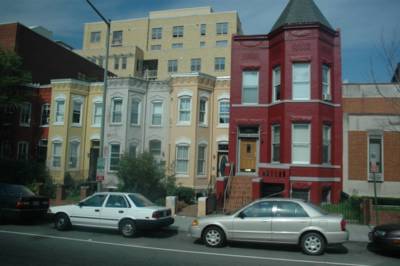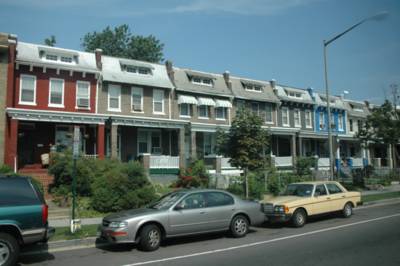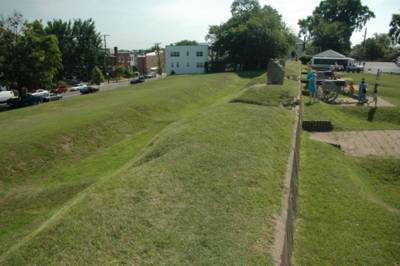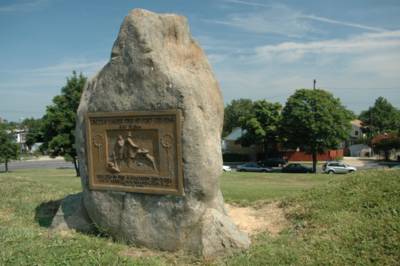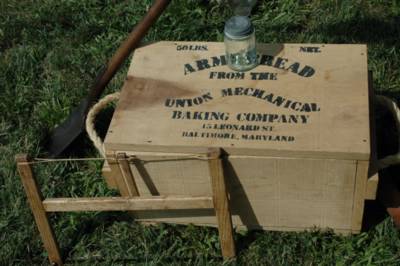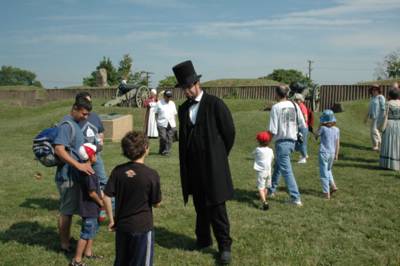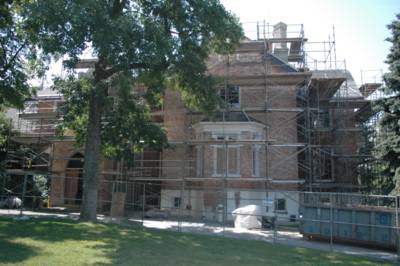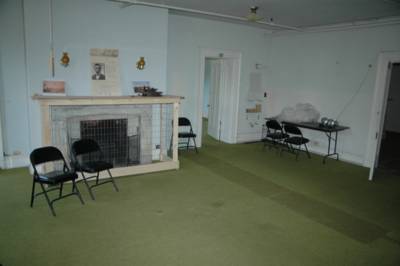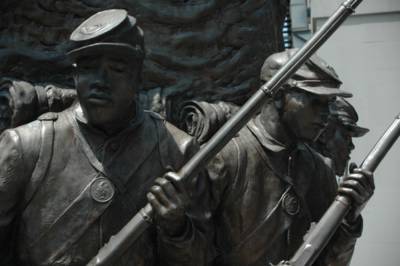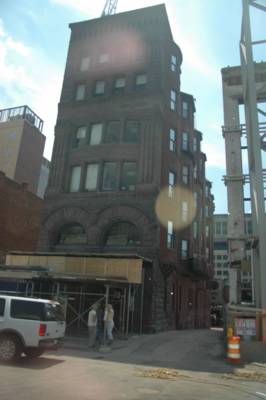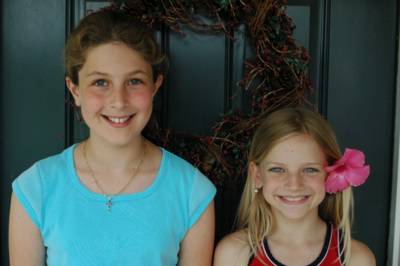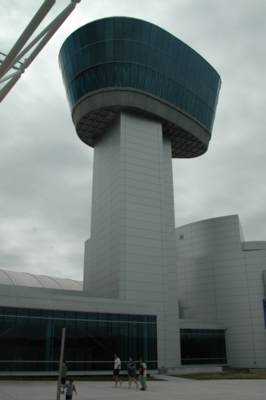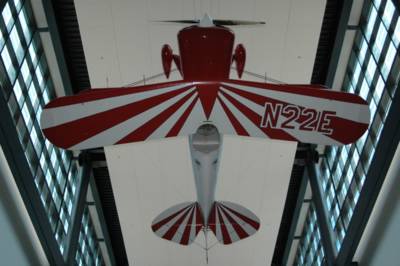
Langley Aerodrome A
This is the brainchild of Professor Samuel Pierpont Langley, Secretary of the Smithsonian Institution, which everyone was sure would be the first manned aircraft to fly.
Backed by the federal government, Langley scaled up the design of a model aircraft that he had flown successfully in earlier tests. Unfortunately, that amplified design flaws of the Aerodrome, which was overengineered and underpowered. When launched from a houseboat in the Potomac a few weeks before the Wright Brothers first flight, it flew like a handful of mud. A bitter Langley blamed it on a bad catapult.
Eleven years later, Glenn Curtiss rebuilt it and was able to get it off the ground for short flights. That inspired the Smithsonian to put it on display in 1918 and bill it as the first aircraft "capable of sustained free flight."
That pissed off Orville Wright something fierce, who felt the Smithsonian was trying to claim the first manned flight for itself falsely. When he rebuilt the original Wright Flyer in the 1920s, he would be damned if he would give it to the Smithsonian. Instead, he lent it in 1928 to the Science Museum in London.
He did not relent until the Smithsonian retracted its false boast in 1942. The Wright Flyer returned to America in 1948 to be displayed in the Smithsonian as the true first manned aircraft.












